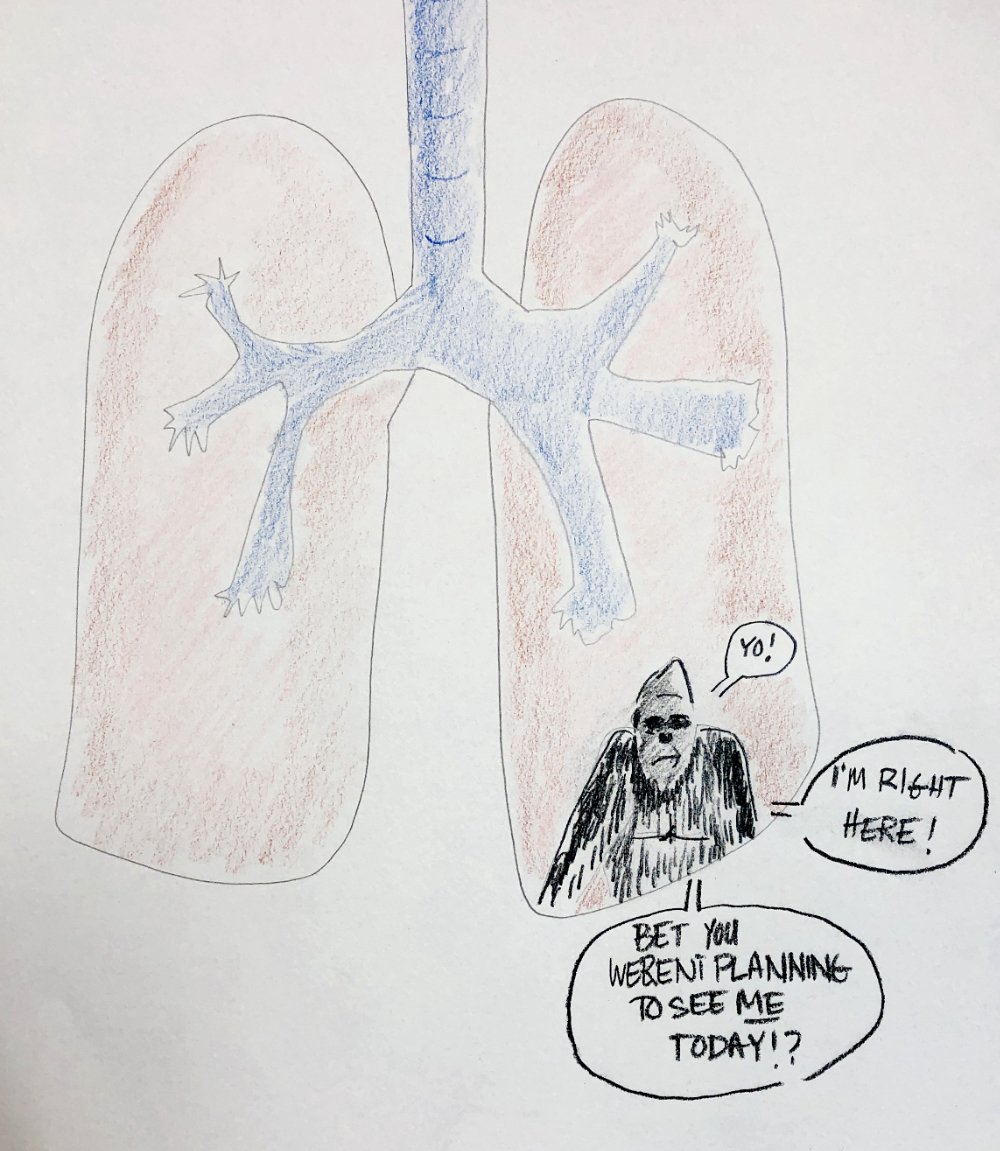
Building Patience: Quality Drawings Take Time
Drawing, much like constructing a house, is a layered process that requires time, patience, and dedication. Quality artwork isn't about instant gratification—it’s about embracing the journey. Masterpieces, such as Karmel Timmons' and Larassa Kabel's intricate horse drawings, can take weeks or even months to complete.
Drawing is an ancient craft—a hands-on practice that rewards perseverance. Like Tim Jenison's painstaking recreation in Tim's Vermeer, which took 180 days, true artistry demands commitment.
Through deliberate practice, students like Bern and Ananda have transformed their skills, one layer at a time. Celebrate the small steps, because every effort builds toward a masterpiece. Discover how patience in drawing can yield lasting rewards.

Minecraft Can Be Good for Your Kid's Drawing Skills
While many parents seek ways to limit screen time, Minecraft can actually help kids develop valuable drawing and design skills. The game’s 3D world-building encourages kids to think in perspective, much like learning two- and three-point perspective in drawing.
One of my students, Carter, used Minecraft to model a modern building after practicing perspective drawing in class. This exercise helped him visualize space, structure, and flow—skills that directly enhance his traditional drawing abilities.
In short, Minecraft fosters creativity, spatial awareness, and problem-solving, all of which contribute to improving drawing skills. Let your kids play, and encourage them to draw their Minecraft creations!

Small Victories: Drawing to Heal Traumatic Brain Injuries
I am deeply honored to partner with Small Victories in offering drawing lessons for students recovering from traumatic brain injuries. Founded by Cindy and Derrick Wright, Small Victories provides invaluable support to those on their healing journey. Derrick, a veteran who sustained a traumatic brain injury while serving in Iraq, found new purpose and healing through art. His journey, along with Cindy’s unwavering positivity, inspired the creation of Small Victories to help others find purpose through creativity.
By offering drawing lessons, I’m excited to work alongside this incredible organization and assist clients in their recovery process. Learn more about the impact of Small Victories and join us in supporting this cause by donating to help others discover the power of art in healing

Feeling Stuck While Learning to Draw: How to Turn a Major Meltdown Into a Brilliant Breakthrough!
If you're passionate about learning to draw, it's inevitable: some days will feel like a struggle. As artists, we sometimes face the "uncanny valley" of drawing—when your creation just doesn't match the vision in your head, leading to frustration and self-doubt. But this is part of the process! Even young artists like Emily experience these challenges. Through understanding emotions, like anger or disappointment, and embracing the struggles, breakthroughs happen. Drawing isn't just about technical skills, it's about persistence, self-awareness, and accepting the messy parts of the creative journey. If you’ve ever felt stuck, remember—embrace the bumps, and breakthroughs are just around the corner!

Can Your Kid Draw On Demand? Why, Yes!
It takes time for children to apply drawing lessons to their own creative work. Kids under 10 may integrate new skills more slowly due to brain development, while children over 10 typically progress faster.
Ellie, 11, is a great example. After 37 hours of lessons, she progressed from a basic drawing of a toy sheep to a detailed, shaded portrait. Her growth shows how consistent practice helps children develop key skills like patience, observation, and problem-solving.
Through focused lessons, kids can gain the confidence and ability to draw independently and master new techniques over time.

Increased Neural Matter? Yes, Please!
Drawing isn’t just for artists—it's a brain-boosting activity that enhances visual imagery, fine motor skills, and procedural memory. Studies show that artists have more neural matter in key areas of the brain, confirming what I've observed for years: drawing strengthens problem-solving abilities. Procedural memory, the brain’s "how-to" memory, plays a vital role in daily tasks and learning new skills. At LZM Studio, drawing helps both kids and adults improve cognitive function, creativity, and real-world problem-solving. Drawing exercises both sides of the brain, making it a powerful tool for development in school, work, and life.

Sophisticated Graphite Pencil Portraits, for Kids and Adults!
Many believe kids can’t draw as well as adults, but with the right guidance, they can! Children like Ellie, age 11, can create impressive portraits with time and practice. Ellie’s portrait took over five hours to complete, showing how patience and focus help kids develop their skills.
Drawing Tips for Kids:
Spend More Time Drawing – Encourage kids to take their time and observe details. Use a timer to gradually increase drawing time for better results.
Focus on the Face Shape and Features – Pay attention to the spaces between facial features. Shading areas like the nose, cheeks, and forehead adds realism to the portrait.
With practice and persistence, kids can improve their drawing skills and create amazing portraits!

How Drawing Is Like Juggling; How Both Are as Difficult to See as a Gorilla on a Radiology Image
Drawing and juggling are both "global skills" that require the integration of smaller component skills. Like a juggler coordinating hands, eyes, and brain to keep objects in motion, an artist must balance elements like line direction, shading, and texture. However, beginners often struggle to focus on all components at once, leading to frustration.
A study of radiologists missing a "gorilla" in medical images illustrates how the brain filters out irrelevant details when focused on a task. Similarly, drawing requires practice and focus to master, much like juggling. With time, both skills improve, sharpening your cognitive abilities and perception.
